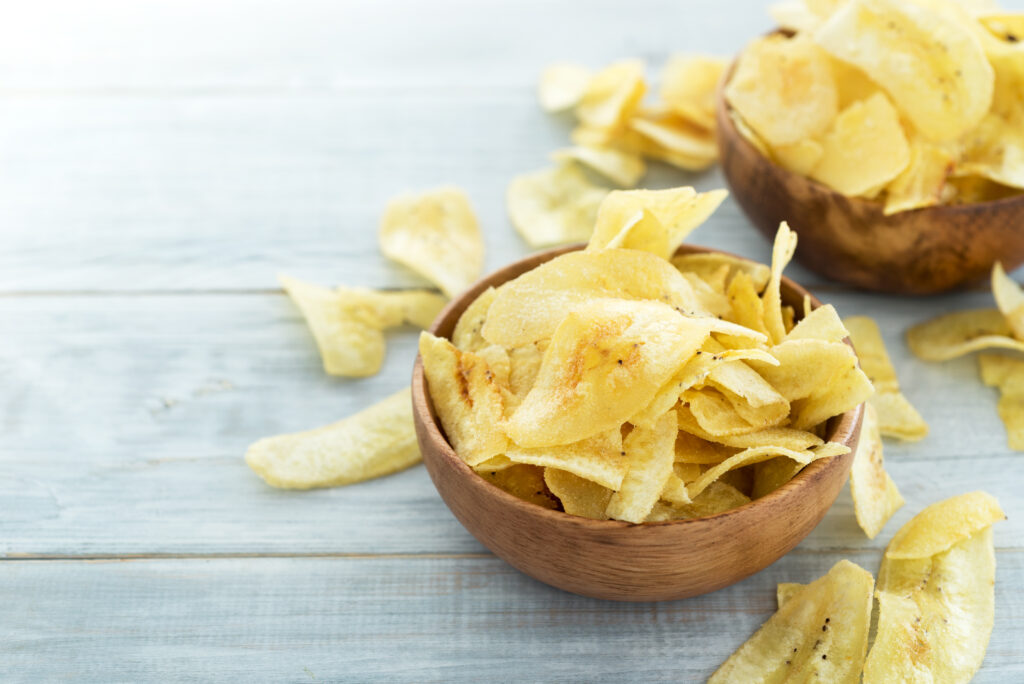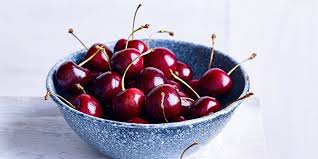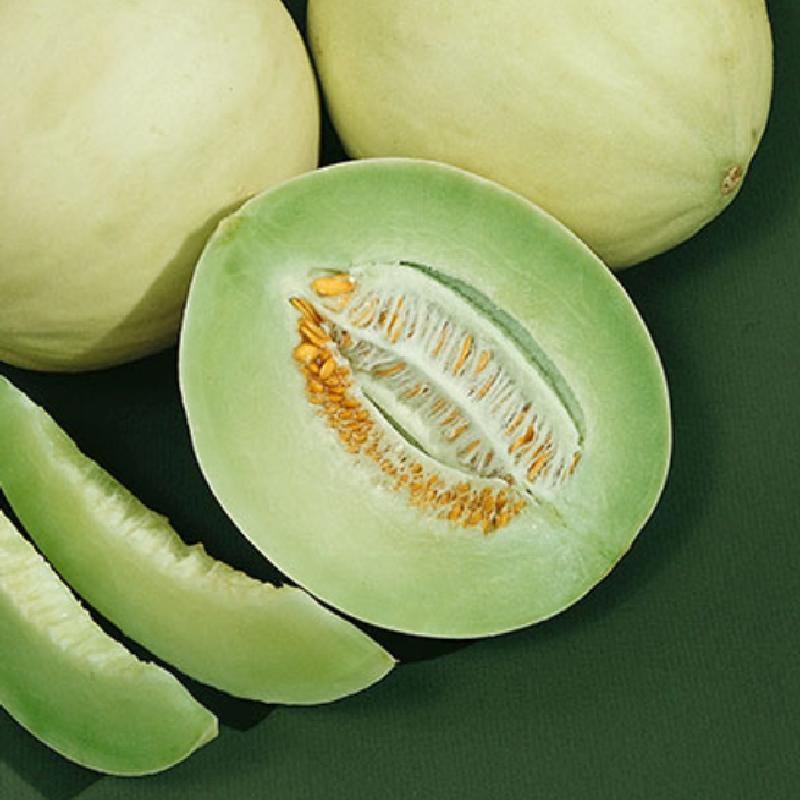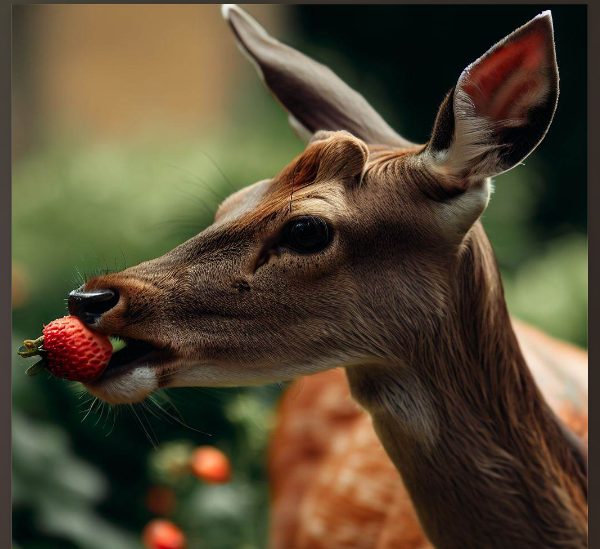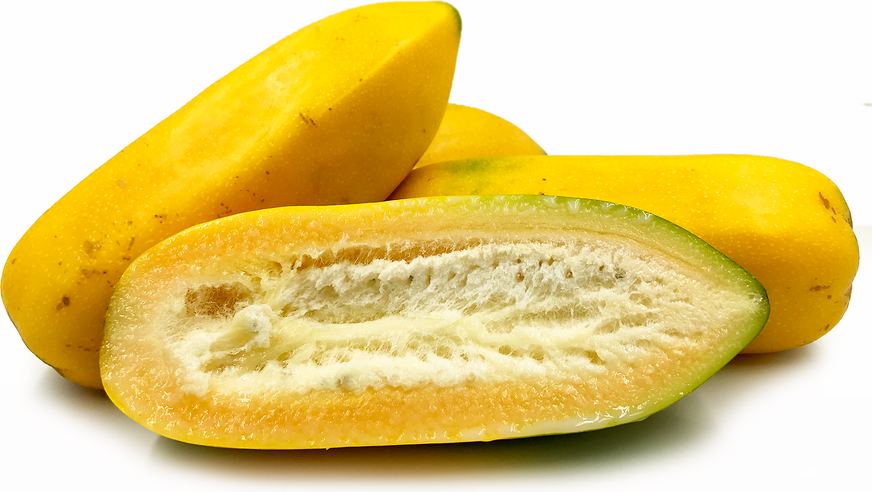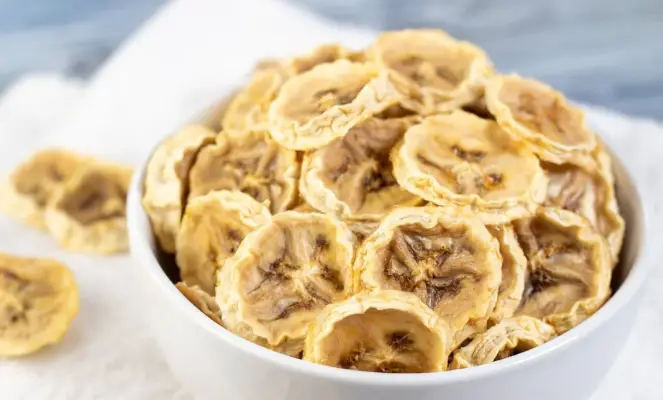Many people can’t eat gluten because they have gluten intolerance or celiac disease. This means they need to find gluten-free options to replace foods they love.
Wheat berries are whole wheat kernels and are common in lots of recipes. For those on a gluten-free diet, it’s very important to have other choices. We’re going to look at the top 10 gluten-free substitutes for wheat berries, which will give you great new ideas for gluten-free cooking.
Table of Contents
- 1. Almond Flour
- 2. Coconut Flour
- 3. Quinoa
- 4. Buckwheat Groats
- 5. Millet
- 6. Sorghum
- 7. Brown Rice
- 8. Amaranth
- 9. Teff
- 10. Cornmeal
- Conclusion
- FAQs
- Can I use these gluten-free substitutes in any recipe that calls for wheat berries?
- Are these substitutes safe for people with celiac disease?
- Where can I buy these gluten-free substitutes?
- Can I mix different gluten-free substitutes in my recipes?
- Do these gluten-free alternatives cost more than wheat berries?
1. Almond Flour
Almond flour is a really good gluten-free option for baking. It’s simply ground almonds. This flour adds a slightly sweet, nutty taste to your foods. Almond flour helps keep your baked goods moist but still lets them be light and fluffy.
This flour is full of protein, good fats, and vitamin E. A lot of people who care about eating healthy like almond flour.
To use almond flour, you can replace wheat berries with the same amount of almond flour.
Almond flour is great for making things like muffins, cookies, and cakes. It goes well with fruit, chocolate, and spices. Try some recipes with almond flour to see how it changes the taste and texture of your gluten-free food.
2. Coconut Flour
Coconut flour is another top gluten-free choice to replace wheat berries. It’s made from coconut meat that has been dried and ground up. This flour is high in fiber, protein, and healthy fats. It soaks up a lot of liquid, which makes your baked goods dense and moist.
Because coconut flour is very fibrous, it’s best to mix it with other gluten-free flours. This helps to get a good balance in your recipes.
You might also need to add more liquid to your recipes when using coconut flour. You can find special coconut flour recipes or tweak the amounts in recipes you already have to figure out how much coconut flour works best.
3. Quinoa
Quinoa is a good substitute for wheat berries and is naturally gluten-free. It comes with lots of good nutrients like fiber and vital minerals. Quinoa has a unique, nutty taste that adds something special to both sweet and savory dishes.
When you use quinoa instead of wheat berries, wash it well first to get rid of any bitterness. Cook quinoa just like you would rice, using twice as much water as quinoa. It’s great in salads, as a side dish, or in dishes you would normally use rice for.
Quinoa can also be ground into a flour for making gluten-free baked goods like bread, pancakes, and cookies.
4. Buckwheat Groats
Even though “wheat” is in its name, buckwheat isn’t related to wheat and doesn’t contain gluten. Buckwheat groats are the seeds from the buckwheat plant. They have a nutty flavor and a chewy texture that works well as a wheat berry replacement.
They are full of good stuff like fiber, protein, and important minerals. You cook them the same as rice or quinoa, using twice as much water as groats. Once cooked, you can add them to salads, porridges, or use them instead of rice or couscous. They’re also good for gluten-free baking.
5. Millet
Millet is a gluten-free grain that is eaten all over the world. It’s a good alternative to wheat berries because it’s full of nutrients and has a gentle, nutty taste. Millet has plenty of fiber, vitamins, and antioxidants.
To prepare millet, rinse it and cook it with twice as much water. Afterwards, fluff it up with a fork.
You can use millet in pilafs, salads, and porridges, or grind it into flour for your gluten-free baking. It’s great for making things like muffins or pancakes.
6. Sorghum
Sorghum is an ancient grain that came from Africa. It’s a great gluten-free option with a light, sweet taste. It’s rich in nutrients like fiber and antioxidants, and it grows well in tough environments, which is good for the earth.
When swapping wheat berries for sorghum, cook it with three times as much water. Let it simmer until it’s soft. You can put sorghum in salads, soups, stews, or grind it to make gluten-free baked goods.
7. Brown Rice
Brown rice is a gluten-free staple that can easily be used instead of wheat berries. It still has the outer layers, so it’s more nutritious than white rice. It has fiber, vitamins, and minerals.
For cooking brown rice, use twice as much water as rice. Once it’s cooked, you can use it as a side, in pilafs, or for stir-fries. You can also make it into flour that’s great for gluten-free baking, adding a robust, wholesome flavor.
8. Amaranth
Amaranth is an ancient grain that’s gluten-free and full of amazing nutrients. It has complete protein, meaning it has all the essential amino acids. It also has fiber, iron, and calcium.
To cook amaranth, use twice as much water as amaranth and let it simmer for around 20 minutes. You can use it in salads, porridges, or add it into soups or stews. As a flour, it gives a sweet, nutty flavor to gluten-free baked goods like bread and muffins.
and cookies.
9. Teff
Teff is a small but mighty grain from Ethiopia. It’s a great choice if you can’t eat wheat because it doesn’t have gluten. This little grain is full of good stuff for your body like iron, calcium, fiber, and protein. Plus, it tastes good too! It’s kind of nutty and it’s good in lots of different recipes.
When you want to cook teff, you mix it with water. You’ll need 3 parts water to 1 part teff. Then you let it cook for around 20 minutes. You can eat teff in porridge or pilaf, or use it as a base when you’re making gluten-free breads. You can even make it into flour and bake with it, like when you make pancakes, cookies, or cakes.
10. Cornmeal
Cornmeal is made from dried corn. It’s another good gluten-free choice instead of wheat berries. Cornmeal tastes a little sweet and really adds something special to your food. It’s also full of fiber, vitamins, and minerals.
If you’re avoiding gluten, make sure you get cornmeal that says it’s gluten-free. This is important because you don’t want any gluten getting into your food.
Cornmeal can be used to make all kinds of foods like cornbread, polenta, tortillas, and even sweet treats like cornmeal cakes. Don’t be afraid to try new recipes using cornmeal and discover different ways to enjoy its taste and texture.
Conclusion
As more people look for gluten-free foods, it’s great to know about all the different things you can use instead of wheat berries.
Whether you need to avoid gluten because of a health condition like celiac disease, or you just want to try different foods, there are lots of choices. Try using almond flour, coconut flour, quinoa, buckwheat groats, millet, sorghum, brown rice, amaranth, teff, and cornmeal. They all can be used instead of wheat and bring new flavors and health benefits to your meals.
Have fun in the kitchen using these ingredients to make your meals more exciting and healthy.
